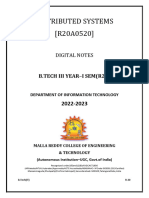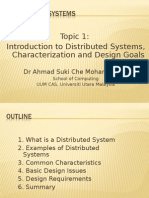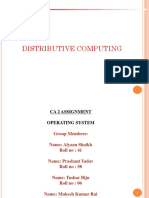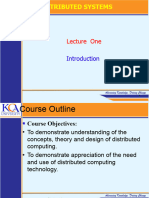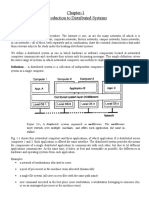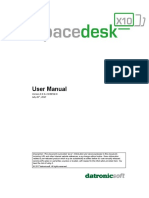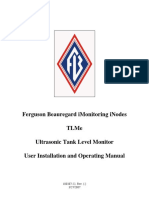0% found this document useful (0 votes)
6 views3 pages2019 Distributed Systems (Bit3263)
The document outlines the mid-term examination for the BIT3263 Distributed Systems course, detailing its structure, marking scheme, and instructions for candidates. It consists of two sections with various questions covering topics such as validation of statements, definitions, failure vs fault, trends in distributed systems, and security mechanisms. The examination is scheduled for April 1, 2019, and is worth 20% of the overall semester assessment.
Uploaded by
lekhotlamphohaliCopyright
© © All Rights Reserved
We take content rights seriously. If you suspect this is your content, claim it here.
Available Formats
Download as DOCX, PDF, TXT or read online on Scribd
0% found this document useful (0 votes)
6 views3 pages2019 Distributed Systems (Bit3263)
The document outlines the mid-term examination for the BIT3263 Distributed Systems course, detailing its structure, marking scheme, and instructions for candidates. It consists of two sections with various questions covering topics such as validation of statements, definitions, failure vs fault, trends in distributed systems, and security mechanisms. The examination is scheduled for April 1, 2019, and is worth 20% of the overall semester assessment.
Uploaded by
lekhotlamphohaliCopyright
© © All Rights Reserved
We take content rights seriously. If you suspect this is your content, claim it here.
Available Formats
Download as DOCX, PDF, TXT or read online on Scribd
/ 3



